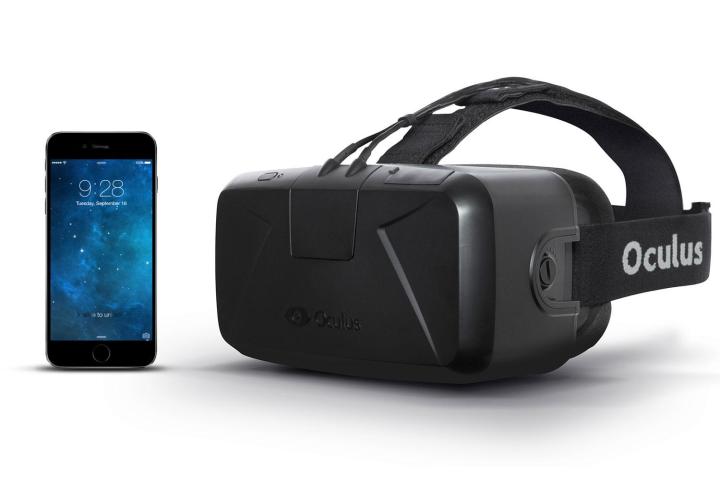
A phone is shown being slipped inside the glasses, indicating the phone’s screen will act as the virtual reality display. Elsewhere, the patent talks about aligning left and right images on the display with the user’s eyes, and an automatic detection mode for switching to a left/right screen setting when the phone is docked with the headset.
Interestingly, other images show a touch control system built into the device, which are also described as mimicking the interface used on the iPhone, and even a cooling system to keep everything at a sensible temperature. The headset may use the iPhone or iPod’s camera, or have its own, plus a microphone and speaker setup. Digging deeper into the details, there’s talk of possible accessories, including an external battery pack and a remote control.

This isn’t the first time we’ve seen a VR headset patent from Apple. A similar device showed up in April last year, but it resembled a pair of ski goggles rather than a pair of glasses. It could be used for essentially the same things though, and it integrated an iPhone or, in that case, an iPad. It’s not only Apple that wants to strap an i-product to your face, as proven by this Kickstarter campaign.
Whether Apple will release a VR headset compatible with the iPhone remains to be seen, but the growing interest in VR – from Google, LG, Samsung, Facebook, and others – suggests it may happen in the future.
Editors' Recommendations
- This one Apple Fitness feature completely changed how I exercise
- An Apple insider just revealed how iOS 18’s AI features will work
- iPhone 16: news, rumored price, release date, and more
- Why you should buy the iPhone 15 Pro instead of the iPhone 15 Pro Max
- iPhone SE 4: news, rumored price, release date, and more




